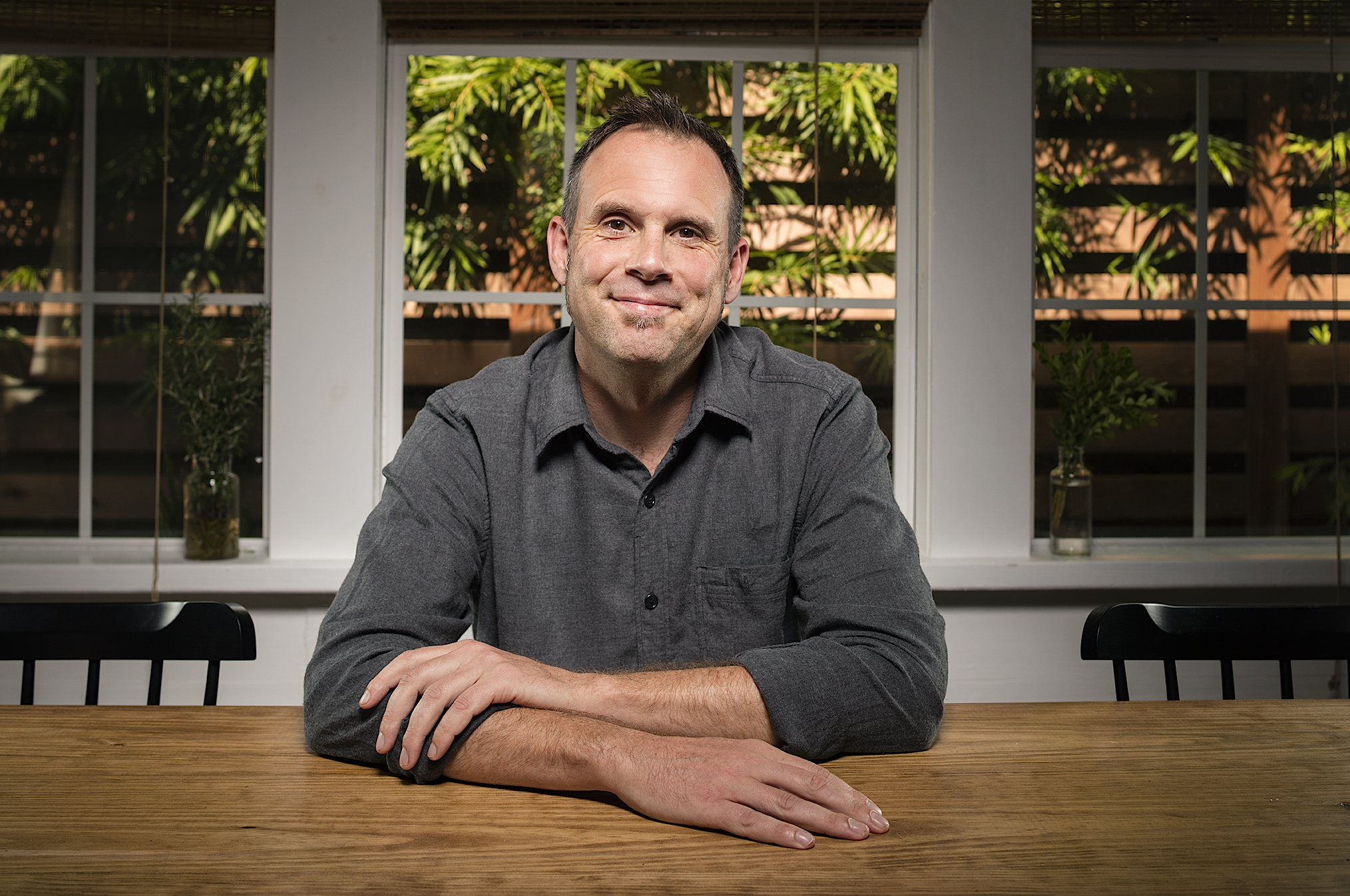FIFTY Study Page: Louisiana "Gumbo and the Petticoat Insurrection"
FIFTY: Louisiana — "Gumbo and the Petticoat Insurrection"
Each story in the FIFTY collection focuses on a remarkable American from a different state. Below are some recommended topics to inspire further investigation of the history and geography of the state, as well as themes that can support our children's growth and development.
When Ambroisine Melange arrives in the French colony Louisiana, she is immediately disappointed. Where are the beautiful buildings? Where are the gardens filled with vegetables? Where are the handsome men she was promised? But what proves to be the most disappointing of all is the food - nothing but corn mush when she was promised the most delicious French cuisine. But then Madame Langlois stepped out onto the Governor’s porch and presented something that turned Ambroisine’s experience upside down. A delicious stew that is called … Gumbo.
Louisiana History
- History of France’s colonization of America
- Study of the “Frying Pan” or “Petticoat” insurrection
- Biography of Madame Langlois
Louisiana Geography
- Maps of Louisiana - the colony, the Louisiana purchase and the modern state
- Map of New Orleans
Gumbo and the Petticoat Insurrection Study Topics
- How Gumbo changed over time and is influenced by different native and immigrant communities
Topics for Reflection
From a Child Development Perspective:
In this story, your child might learn that:
We have to trust our instincts when we are invited to move out of our comfort zone and into a life that presents a greater risk. Ambroisine was secure in her life in Paris, even though it did not offer her much opportunity for change and advancement. But when she was promised a life of adventure with a handsome and successful husband, she was skeptical even though those around her immediately accepted the offer to go to the colony of Louisiana. Ambroisine’s doubt turned out to be well founded.
Sometimes when we create expectations for how much better our circumstances will be in the future, we can set ourselves up for disappointment. This was certainly the case with les filles à la cassette, who has been promised a life of luxury as well as the wealth guided by “civilized” husbands, but what they met was unbearable heat, a wild landscape, rudely built houses and, worst of all, unappetizing food!
An activist is someone who dedicates their time and energy to make change for something that they truly believe in; a cause for the Good! Anyone can be an activist. You don't have to be a bold revolutionary to make real change. But what is important is that you make a conviction and a promise to yourself to stand by it. This is what les filles à la cassette did when they created what later was called the Petticoat Rebellion, refusing to participate in colonial life when all they were given in return were empty promises.
When we stand by our convictions, and when those serve what is right and good, we are often assisted by resources and people to help us. Madame Langlois, the governor’s cook, was just the assistance that the women of the Petticoat Rebellion needed! And Madame Langlois was also helped by her assistant, Cici. It was with her assistance that Madame Langlois created the delicious and nourishing stew that fed and delighted the young women marching in protest! It was Gumbo!
Making change is often not a one-sided endeavor. Sometimes the change we want to happen in the world also happens within us. True, the young women from France did advocate for things to be different in Louisiana, but at the same time their perspectives eventually softened, and what they initially resisted about Louisiana, the men (and the food!), they came to appreciate. The first bite of that delicious stew, Gumbo, was their introduction to life in Louisiana being a good and wonderful place. It was not Paris. No. It was Louisiana! And they learned to love it there without having to change it. They deserved the respect that was owed them, but they could also give it in return.
Not only is it valuable to learn new life skills, but perhaps even more important, is to learn about new people. The girls from France learned how to cook wild game with new spices and garlic and celery, they learned how to build bigger homes and till farms, but also they got to know people from the Choctaw tribe and the Alabama and Cherokee. They met Cici’s companions from Ghana, Benin and the Caribbean. It was the people who really added spice to her life.
When we fight to make change, sometimes life opens up for us and presents us with opportunities that we never could have imagined. Ambroisine demanded better food, and it was her appreciation for better food that ultimately led her to meet her life partner, Hans.
Of course it’s fine to have expectations, but also, it’s important to be open to being surprised as to how those expectations are fulfilled! The promises that Ambroisine had been given long ago in Paris had indeed come true. Just not in the way she had could have ever anticipated!
Sometimes the most unexpected combination of foods makes the most delicious recipes. And sometimes the most unexpected combinations of people and friends and family and cultures make for the most dynamic and varied relationships! Such was the case with Ambroisine’s Gumbo had a dash of France, a hint of Louisiana, and pinch of Germany and a garnish from Spain. It was perfection!
About the Authors

David Sewell McCann
David Sewell McCann fell in love with spinning stories in first grade – the day a storyteller came to his class and captured his mind and imagination. He has been engaged in storytelling all of his adult life through painting, film-making, teaching and performing. Out of his experience as a Waldorf elementary class teacher and parent, he has developed a four step method of intuitive storytelling, which he now shares through workshops and through this website.

Meredith Markow
Meredith has been working with adults and children of all ages for the past 25 years as a Waldorf Teacher and Educational Consultant. She received a B.A. with a focus on child development and child psychology from the University of Michigan, in 1984, an M.A. Ed from Washington University in 1987, and her Waldorf Teaching Certificate from the Lehrerausbildung (Teacher Training) in Nurnberg, Germany in 1989. She was certified as a Living Inquiries Facilitator in 2014, and she completed her formal teaching certification with The Enneagram Institute in 2014. Her work in the classroom and with individuals and groups is designed to help people of all ages to drop self-limiting beliefs to live a more joyful and compassionate life.

